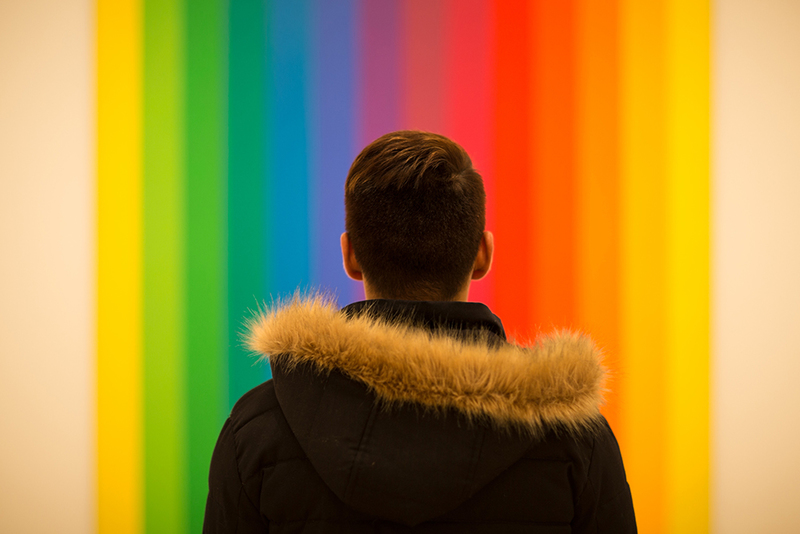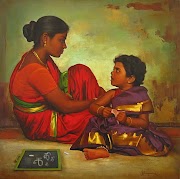Ethnic minority groups have been largely unrepresented in the art world for many years and the industry is coming under the spotlight for its racial inequality.
Image credit - Artwork archiveA recent study revealed that 85% of artists represented in U.S. art institutions are white. Women of colour made up just 1% of all the artists, making them the worst represented group in the US art world.
In response to this, galleries and auction houses are re-evaluating the diversity of their staff and issuing statements to promote racial equality. Progress has been made in recent years, but there is still a long way to go to achieve inclusivity and diversity.
In this article, we will discuss how the art world is responding to racial inequality in 2022, with expert insights from art collector and gallery owner Olyvia Kwok.
Art market: dominated by white consumers
Olyvia Kwok states: “Although minority artists are increasingly represented in the art market, white consumers continue to dominate in selling and acquiring their work.”
Karen Jenkins-Johnson, a black gallery owner who has worked in the industry for more than 24 years describes herself as the “invisible gallerist.” She says that she has been “dismissed and ignored by many white males who often approach her white employees first with questions and inquiries.”
The number of black-owned art galleries in the US is extremely low. As of 2020, the Art Dealers Association of America included only one African-American gallerist among their 176-member group - demonstrating a serious lack of diversity.
The art market is very segregated, and most art galleries are owned by white men. The mostly white art market is long due a racial transformation.
Black Lives Matter Movement
Black Lives Matter is driving change in the art world and the art market is launching initiatives to support the movement and promote diversity.
According to Olyvia Kwok: “The Black Lives Matter movement in the US really kick started the art world in addressing racial injustice within itself. After Kerry James Marshall’s Past Times (1997) selling for a record-breaking $21 million at Sotheby’s in 2018 - a poll showed that African American artists actually only received 1.2% of the global auction market.”
What can be done to improve diversity?
Groups like The Black British Art Collective and Black Blossoms are working tirelessly to fight systemic racism in the Art world.
Art galleries of all sizes have also made commitments to promote and support racial equality in the art market. Some of the biggest auction houses - including Sotheby’s and Christie’s - have set up diversity panels to address concerns over internal racism and set goals to hire more staff from ethnic minority groups.
However, we can all play a part in promoting diversity in the art market by supporting petitions advocating change in art galleries and museums, and boycotting institutions that are not working to improve racial diversity. You can also support the movement by actively visiting and purchasing art from Black-owned galleries.
These are examples of what the art community can do to combat racial inequality and create greater diversity in the art world.
Summary
The Black Lives Matter movement has highlighted the need for racial inclusivity and diversity. Lack of diversity in the art world is a serious social issue and the market is coming under pressure to address racial inequality.
While it is true that black artists are enjoying greater representation, it continues to be predominantly white customers who buy and sell their work. There is a long way to go to transform the mostly white art market and promote diversity, equality and inclusion.
Achieving racial equality in the art world will require a community-wide commitment. The entire community must work together to build an inclusive culture and combat systematic racism in the art world.















.jpg)



.jpg)




0 Comments